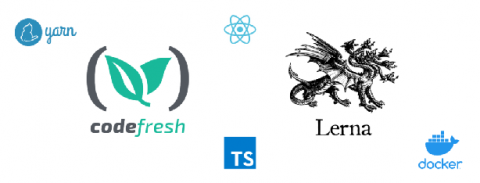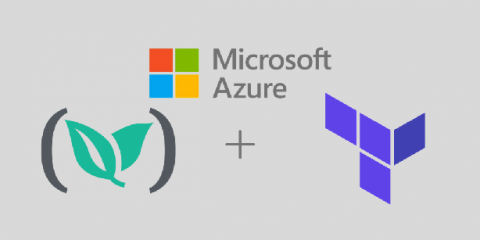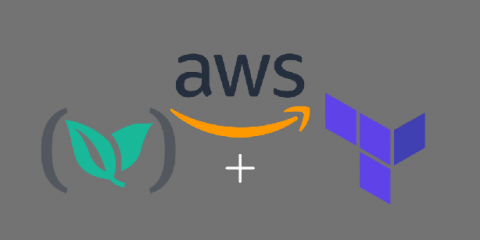GitOps Patterns - Auto-Sync Vs. Manual Sync
The conversation usually starts with a question like “should we let ArgoCD/Flux/whatever synchronize the actual state automatically whenever the desired state changes in Git?” Truth be told, the question is usually not that elaborated, and it is more like “should I enable the auto-sync feature?” But, I wanted to save you from follow-up questions that help me better understand what that means, so I gave you a more extended and more precise version of the inquiry.










